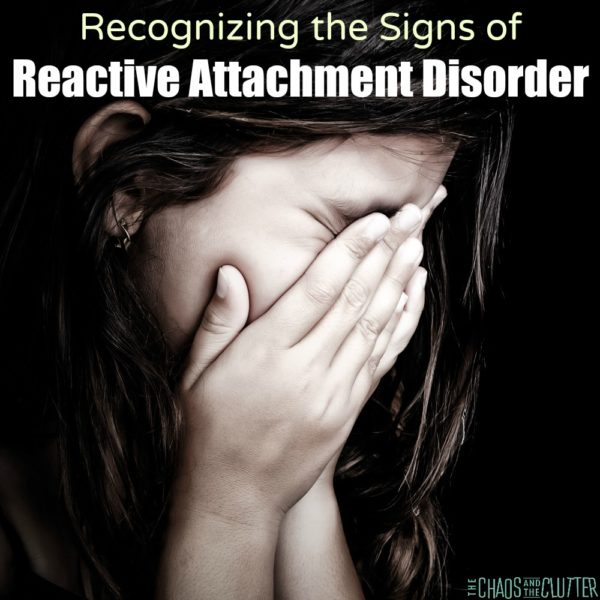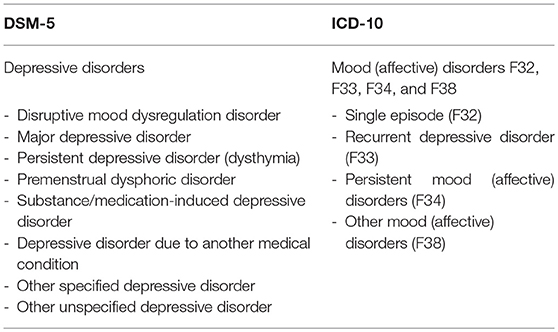

At this point, though, these remain ideas for further explanation. Among the possibilities are biological traits such as inborn temperament or physical problems that could make someone more susceptible to developing RAD in the face of neglect. This had led researchers to wonder if RAD has other causes. Even among the most severely neglected infants and children, less than 10% develop RAD. Reactive attachment disorder is extremely rare. The cause of reactive attachment disorder is extreme neglect that teaches the infant that the world is unsafe and uncaring and that he/she can’t count on people. Bonding is essential for healthy social and emotional development, and it’s a process that typically occurs naturally between an infant and a caregiver as the caregiver meets the baby’s basic survival and emotional needs.

This trauma of neglect and deprivation equates to a lack of human connection. The trauma of severe social neglect and deprivation of physical and emotional needs causes RAD. Reactive attachment disorder is classified in the DSM-5 as a trauma disorder.
#REACTIVE ATTACHMENT DISORDER DSM 5 MANUAL#
Published by the American Psychiatric Association (2013), The Diagnostic and Statistical Manual of Mental Disorders, Fifth Edition (DSM-5) is the accepted authority on mental disorders.

110) indeed, RAD has a negative impact on how someone perceives and interacts with the world. A simple reactive attachment disorder definition is a “severe disturbance in social relatedness” (Seligman, 1998, p. The result is a child who, from infancy, is withdrawn and rarely turns to a caregiver for much-needed nurturance, protection, support, and comfort.
/reactiveattachmentdisorderRAD-df85b72d66c54e28986adfe22795186a.jpg)
When an infant or young child is diagnosed with RAD, it means that he/she hasn’t developed an attachment to an adult. Reactive Attachment Disorder (RAD) Definition In addition to the effects of RAD on children, reactive attachment disorder parenting can also be very challenging. In RAD, this important attachment doesn’t happen, and the consequences of RAD in children and teens are severe and long-lasting, often into adulthood ( Reactive Attachment Disorder in Adults). Attachment leads to a sense of safety and trust that paves the way for the ability to experience love. It’s bonding to a primary caregiver that teaches infants that someone is there to provide comfort, security, and to meet his/her basic needs. Reactive attachment disorder (RAD) is a trauma disorder of infancy and childhood involving severe disruption of attachment (See also What is Disinhibited Social Engagement Disorder?).


 0 kommentar(er)
0 kommentar(er)
